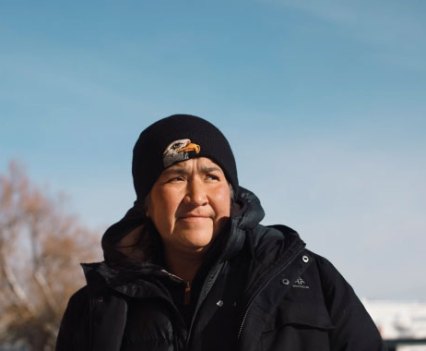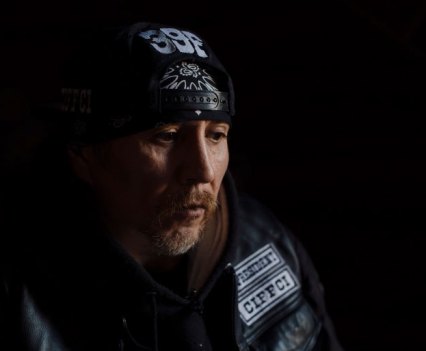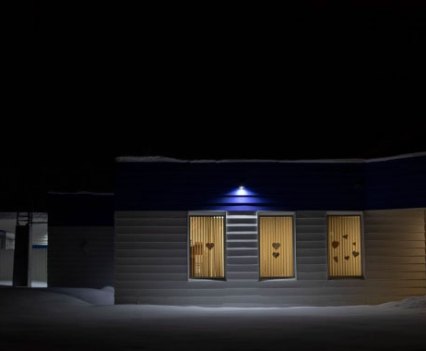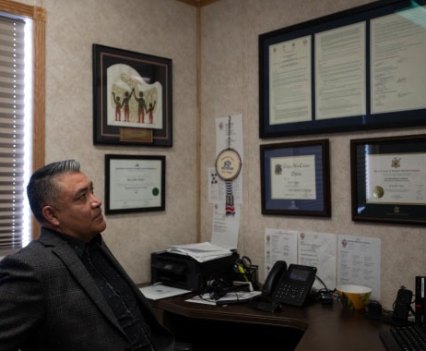





Organization
Al Jazeera Digital
Award
Excellence in Social Justice Reporting, Portfolio
Program
2022
Entry Links
Link 1
Link 2
Link 3
Link 4
Link 5
In ‘The Stench of Death’, the first of a six-part series telling the stories of Indigenous women and girls who have gone missing or been found murdered near an infamous stretch of the Trans-Canada Highway in British Columbia, Mike Balczer, a member of The Crazy Indian Brotherhood, searches for a killer or killers in the small, picturesque town of Smithers.
In 2018, the body of his 18-year-old daughter, Jessica Patrick, was found near a popular lookout spot not far from the highway. No one has ever been charged with her murder and Mike says he is investigating it himself because he believes the Royal Canadian Mounted Police (RCMP) are racist. It is an investigation that has seen him hospitalised with broken bones and in trouble with the authorities. But he is determined to get justice for Jessica, who is one of an estimated 50, mostly Indigenous, women and girls who have gone missing or been found murdered in the area.
In ‘Snatched Away’, the second part of the series, Jennie* recalls how on one chilly November afternoon as she walked home from school, she almost became one of those girls. Sensing danger as two men walked toward her, she threw her school bag into the road – believing it would help her family locate her body should she be murdered. After the men had tackled her down a muddy embankment and repeatedly raped her, she returned to the road to retrieve it before going to a hospital where she says the nurses rolled their eyes at her account and the male RCMP officer who interviewed her told her it “didn’t sound believable”. The two men who raped her were never caught.
But it isn’t just a failure to catch the perpetrators that makes Indigenous Canadians distrust the police. In some instances, they say, the police are the perpetrators. In ‘No one is going to believe you’, the fifth part of the series, 65-year-old Gladys Radek describes how as a young runaway she was twice picked up by police officers and raped. Gladys managed to “live to tell” her story. Her 22-year-old niece, Tamara Chipman, wasn’t so fortunate. She disappeared in 2005. In the years since, Gladys has never stopped searching for her or the other Murdered and Missing Indigenous Women and Girls (MMIWG).
In this series, Indigenous reporter Brandi Morin and photojournalist Amber Bracken unravel layers of intergenerational trauma stretching back to colonialism and the residential schools that violently and forcibly separated Indigenous children from their families, communities and culture to the modern-day abuse of land and people, whether by industry, addiction, homelessness – or murder.
In this six-part series, Al Jazeera tells the haunting tales of how Indigenous women and girls who have gone missing or been murdered along an infamous stretch of highway in British Columbia, Canada. The judges loved how this series went beyond the current problem. It contextualizes how Canada’s historic policies towards Indigenous communities led to this ongoing threat to Indigenous women and girls. The series was emotional and gave the audience access to a community that has been traditionally UNDER reported and underserved.
The Online Journalism Awards™ (OJAs), launched in May 2000, are the only comprehensive set of journalism prizes honoring excellence in digital journalism around the world.
